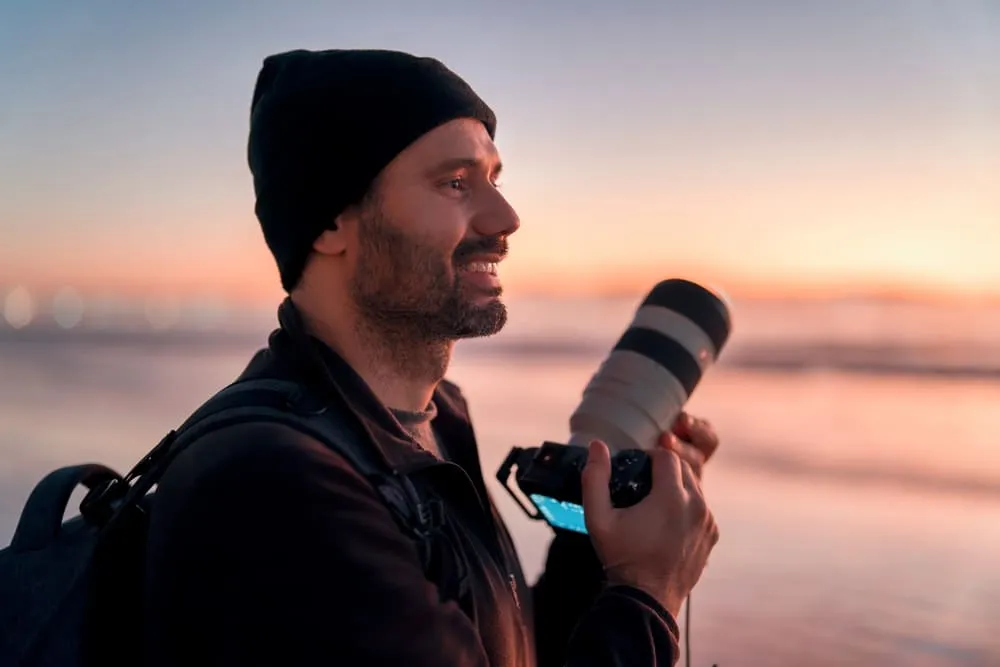Cover Photo by Rawpixel.com
Landscape photography is more than just capturing nature — it’s an art form. But mastering it doesn’t end with the click of the shutter. Instead, it continues in the editing room.
In this article, we’ll explore the crucial aspects of editing landscape photos, covering ways you can elevate your skills.
» Check out common post-processing problems you can solve with AI
What is Landscape Photography?
The essence of landscape photography is the appreciation for nature’s elements, embracing the synergy of wildlife to create captivating compositions from publications like National Geographic.
How to Edit Nature Photos? When trying to master landscape photography, the interaction of light and color is essential because it sets the mood, evokes emotions, and breathes life into your photos.
Top 4 Editing Tips for Background-worthy Landscape Photos
Wondering how to edit landscape photos? Try one of the following tips.
1. Use Lightroom
You can use Lightroom to focus on critical elements of landscape photography like light, exposure, contrast, shadows, highlights, and saturation. It also offers valuable color panel and tone curve features to give your photos the desired mood and hue.
Aside from the essential elements, Lightroom can consistently help you color-grade landscape photos. The feature can be helpful if you’re batch editing.
2. Improve Your Composition
Landscape photography extends beyond light and color. Lines are also crucial because they shape the textures, improving your photo’s visual appeal.
To emphasize these lines, prioritize contrast during editing, as it sharpens the distinction between elements in your composition.
Because nature has different complexities, you can use landscape photography composition tips, such as:
- Contrast and Shadows: Mountains have various depths, with one peak behind another. When working with them, use contrast and shadows to add more complexity to the photo.
- Exposure, Contrast, and Lines: Make sure the foreground and background align with your narrative when capturing a snowy landscape. Adjust the white balance and hue to transform the photo. You can also accentuate the lines and textures to give more structure to your composition.
3. Color-Grade Your Photo
A consistent photo editing style is important. A harmonious scheme across a series of photos is essential, whether working with vibrant blues and greens of mountains, the warm hues of sunsets, or whites in snowy vistas.
Try split toning for a touch of creativity that doesn’t overwhelm the photo. With this technique, you can apply color tints selectively to highlights and shadows.
4. Adapt to Different Lighting Situations
The order in which you make adjustments can impact the outcome when editing for various lighting scenarios. Address the highlights and shadows first before moving on to contrast, temperature, color and white balance.
High Dynamic Range (HDR) can also help you with varying light sources. For example, you get more accurate results when you first balance exposure and then tweak color.
» Revive your overexposed photos with these simple tips

Common Editing Mistakes
To make your landscape pop, take a look at the following common photo editing mistakes:
- Excessive edits can make your photo unrecognizable from your original vision.
- Relying on presets can make all your photos look the same. Use your creativity to add a personal touch to set your photos apart.
- Don’t just edit for one format; consider how your photo will appear in various sizes.
Resources for Perfecting Your Editing Skills
- Online Tutorials: Explore platforms like Coursera and Udemy for specialized landscape photography courses.
- Workshops and Forums: Join photography communities on Reddit to share experiences and learn from your colleagues.
- Books and eBooks: Read publications focusing on landscape photography and editing, such as Landscape Photography Workflow Using Lightroom and Photoshop by Mark Fitzgerald.
Mastering Nature’s Palette
To master landscape photography editing, you should understand the fundamental elements that bring nature’s beauty to life.
By appreciating the interplay of light and color, mastering editing tools like Lightroom, and paying attention to composition and color grading techniques, you can elevate your landscape photographs to new heights.
You can also experiment with the most up-to-date AI editing tools like Imagen to speed up your workflow so you can focus on making your perspective and creativity shine through in every landscape photograph you edit
____
 Penelope Diamantopoulos is a seasoned photographer with a special eye for capturing faces and architectural marvels. Coming from a family with a distinguished legacy in photography, she navigates the realms of food and travel photography, driven by a resolute passion for her art form.
Penelope Diamantopoulos is a seasoned photographer with a special eye for capturing faces and architectural marvels. Coming from a family with a distinguished legacy in photography, she navigates the realms of food and travel photography, driven by a resolute passion for her art form.
